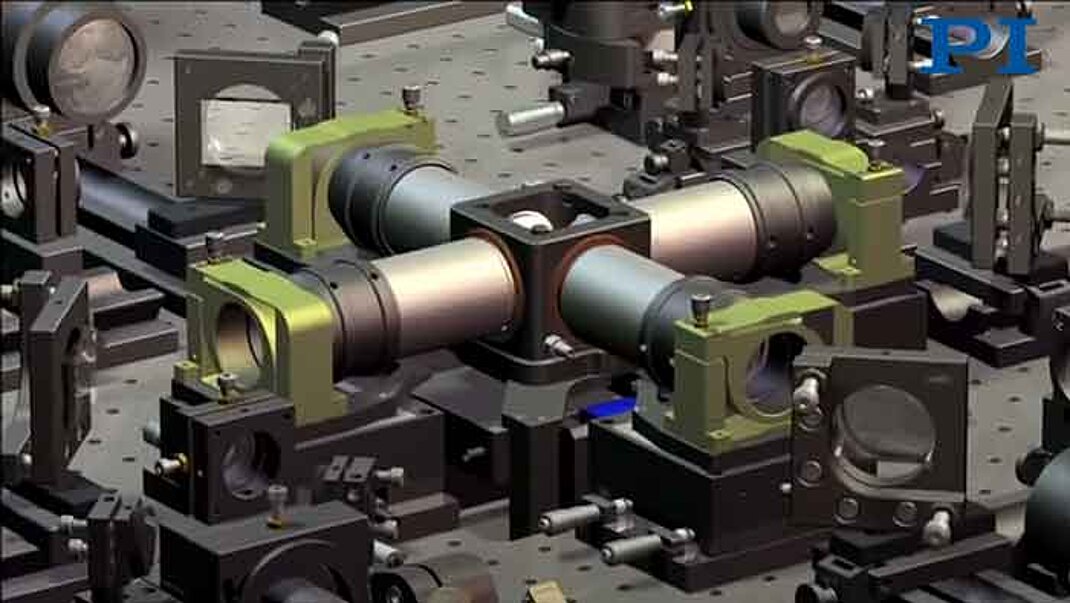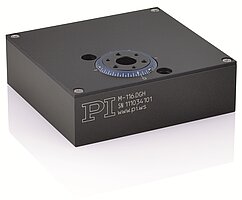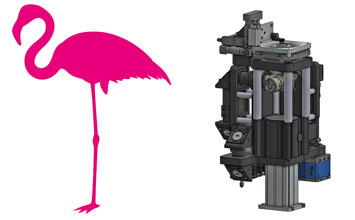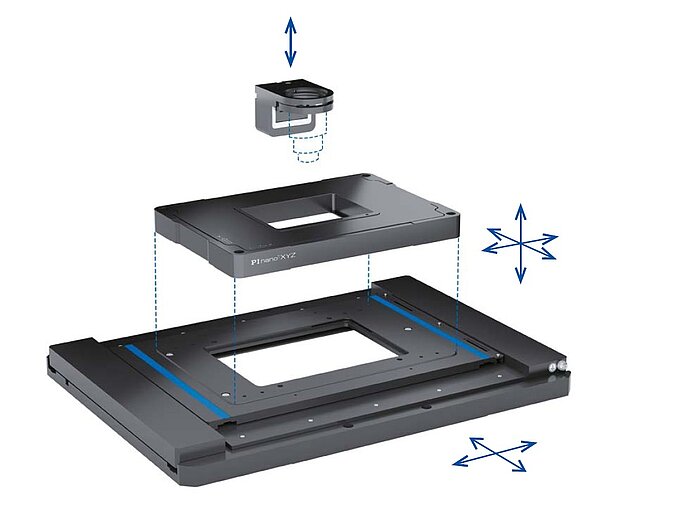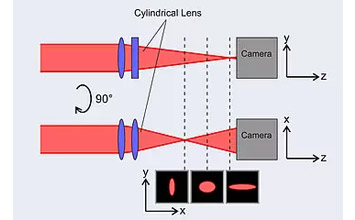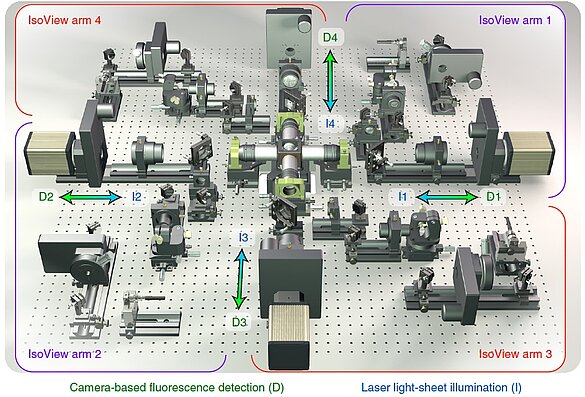
The imaging of large living specimens with high temporal and spatial resolution is one of the goals of Philip J. Keller and his research team at Janelia Research Campus of the Howard Hughes Medical Institute in Ashburn, Virginia (USA). For this purpose, Keller and his colleague Raghav K. Chhetri have developed a light sheet microscope which can image the sample simultaneously from four directions - with high speed and high spatial resolution.
At the heart of the so called „IsoView“ light sheet microscope are four identical arms (or optical paths) arranged orthogonally to one another, each of which can simultaneously illuminate the sample and image the emitted fluorescent light. To keep crosstalk between the excitation and detection as small as possible, the optical paths are separated either temporally, spatially, or spectrally from each other. The four images generated are then combined to produce a largely isotropic image with high resolution in all dimensions. To this end, Keller and his team wrote their own implementation of the Lucy-Richardson three-dimensional multiview deconvolution algorithm. In addition to the high spatial resolution of the combined images, this approach also enables a high temporal resolution so that changes in the sample can be recorded over time.
Compact Linear and Rotation Stages for Moving the Objective and Positioning the Specimen
The motion system employed to move the four objectives is of great importance for the structure of the microscope. For this purpose, a highly compact PIHera P-622.1 precision positioning system with 300 µm travel (alternatively 900 µm) per objective is used, each controlled by a E-709.CHG controller.
The P-622.1CD PIHera precision positioner is based on all-ceramic PICMA® piezo actuators whose movement is transmitted by zero-play flexure guides. The travel range (closed-loop) is 250 µm with a repeatability of ± 1 nanometer. The movement is measured directly at the motion platform without any influence from the drive or guide elements.
Capacitive sensors determine the distance to the sample chamber with subnanometer resolution without contacting. They guarantee excellent linearity of motion, long-term stability, and a bandwidth in the kHz range.
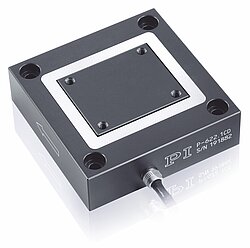
A stacked setup of three M-111 linear stages with folded drive combined with a M-116.2DG rotation stage is used for moving the sample in the IsoView microscope. The combination is controlled by an C-884.4DC controller for DC motors.
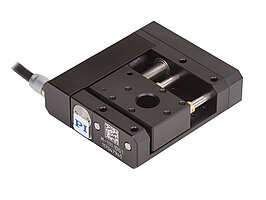
Blog Categories
- Aero-Space
- Air Bearing Stages, Components, Systems
- Astronomy
- Automation, Nano-Automation
- Beamline Instrumentation
- Bio-Medical
- Hexapods
- Imaging & Microscopy
- Laser Machining, Processing
- Linear Actuators
- Linear Motor, Positioning System
- Metrology
- Microscopy
- Motorized Precision Positioners
- Multi-Axis Motion
- Nanopositioning
- Photonics
- Piezo Actuators, Motors
- Piezo Mechanics
- Piezo Transducers / Sensors
- Precision Machining
- Semicon
- Software Tools
- UHV Positioning Stage
- Voice Coil Linear Actuator
- X-Ray Spectroscopy
